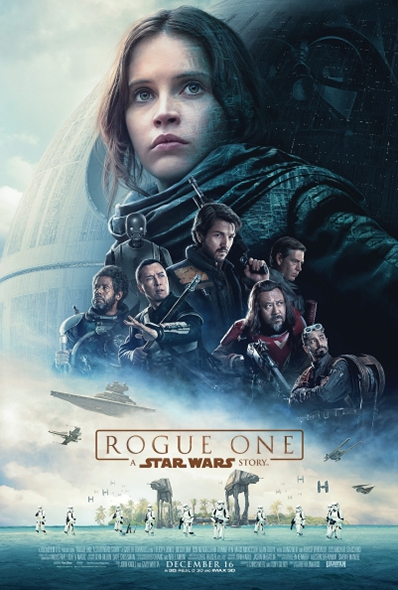
Carrie Fisher said she was basically the only woman on set when she was filming the original Star Wars. Forty-some years later, we’re in a new age of female empowerment on film — Katniss, Furiosa and Elsa have proven that yes, female heroes are bankable. And yet take a look at the poster for the latest Star Wars flick, Rogue One. There’s still only one woman. (This time Felicity Jones’ Jyn.)
It’s been dubbed the Smurfette principle — named after that one lady Smurf who pals around with all the male Smurfs — and it’s near-universal in blockbuster action films, if you discount love interests and female baddies. The list of token women is a long: Black Widow in The Avengers. Wonder Woman in Batman v. Superman. The Ancient One in Doctor Strange. Tauriel in The Hobbit. Alice in Super 8. Ariadne in Inception. Tess in Ocean’s 11. Henley in Now You See Me (replaced by another woman in the second film). Whatever lady of the moment gets to tag along in the latest Mission Impossible. And of course Rey in the Force Awakens. (Leia, though a general, doesn’t pick up a blaster or a lightsaber, and Maz Kanata plays a soothsayer, not a hero.)
Once You Notice the ‘Smurfette Principle’ on Movie Posters, You Can’t Un-See It
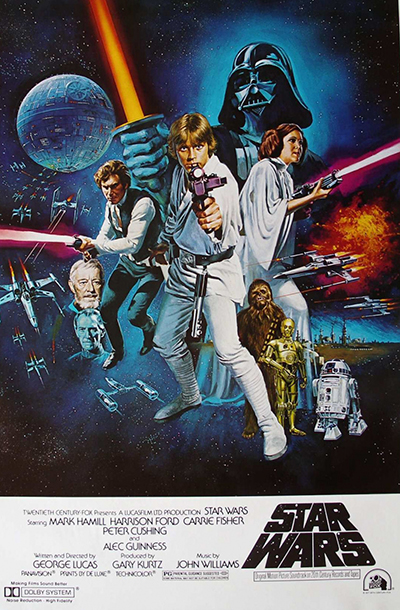

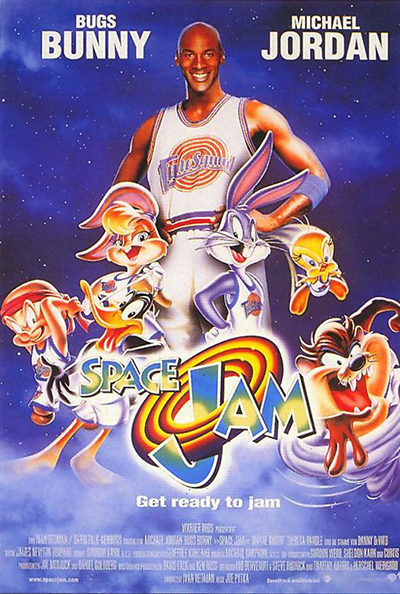


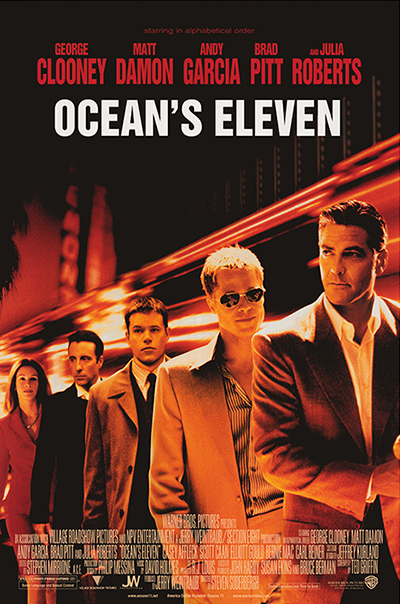
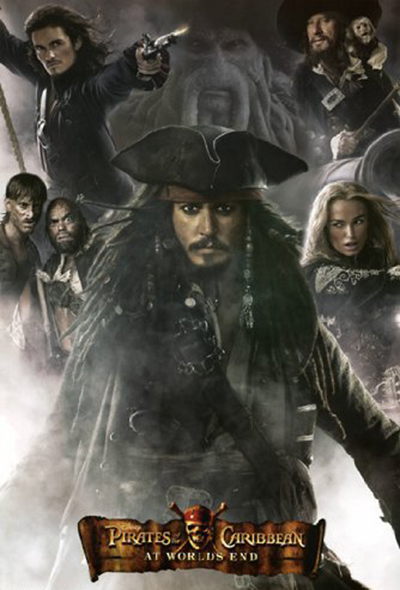
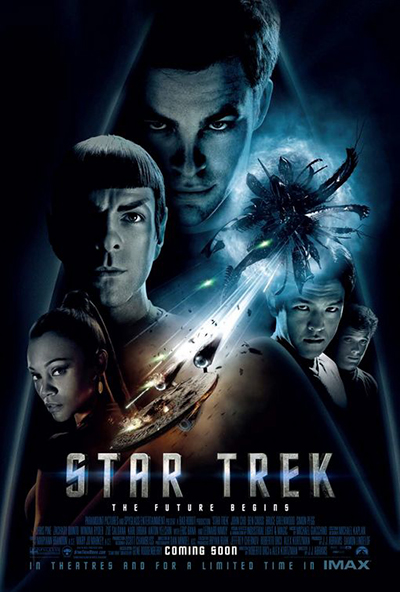



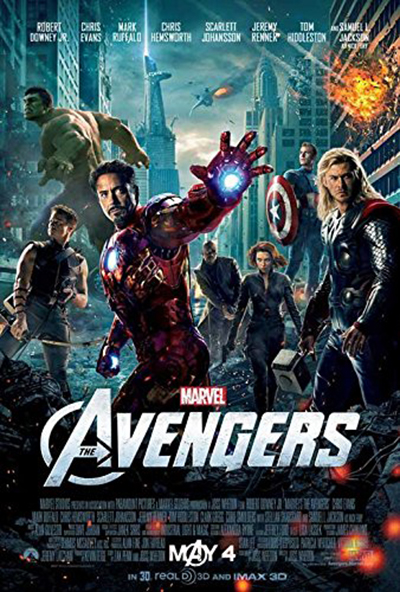

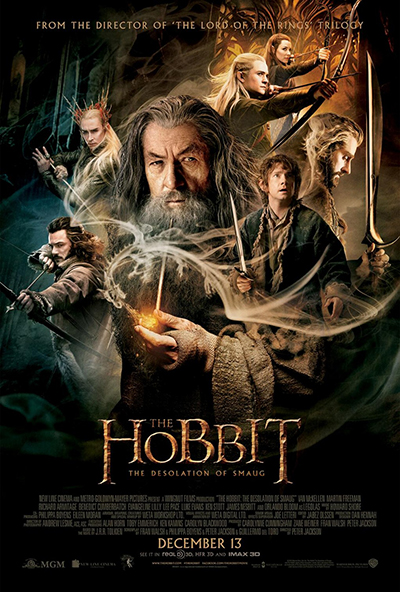
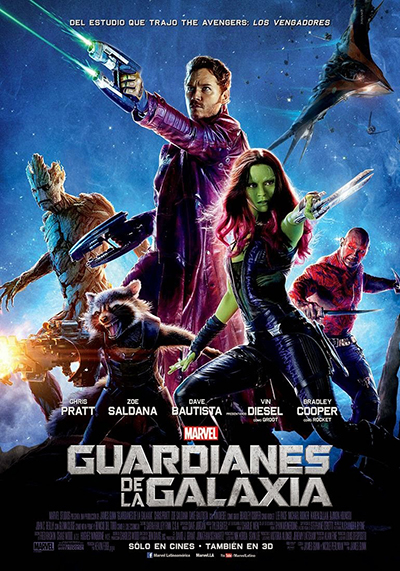

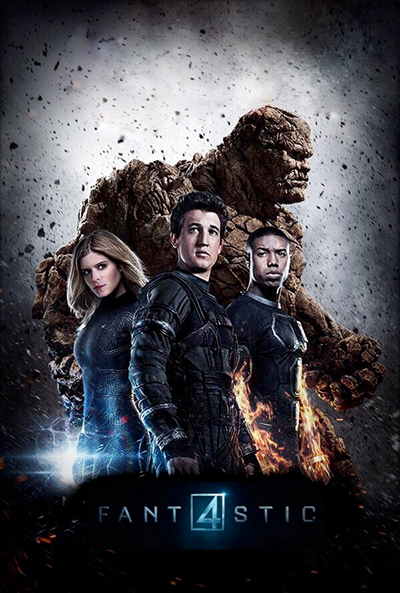
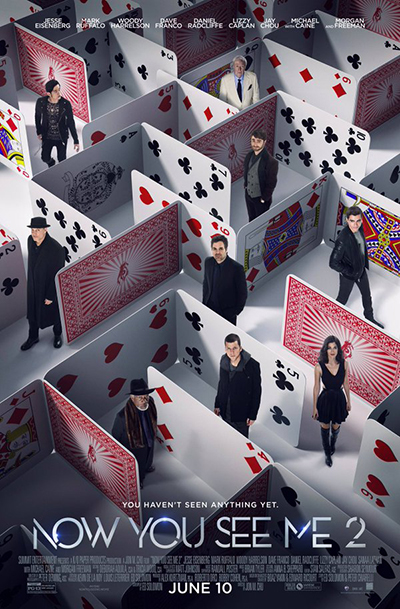



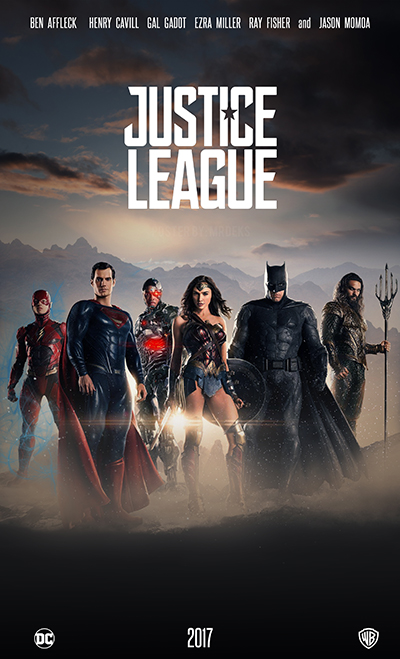
Even for tokens, these women tend to be pretty cliché: they wear leather and heels, even though neither are conducive to fighting. They’re usually as great at landing a roundhouse kick or pounding shots as they are bad at intimacy. They flirt with the male protagonist who doesn’t see their value until they enter a room in a sexy ball gown. Sometimes they get to be badass characters with depth. Sometimes directors even knowingly nod at tired stereotypes. (Think: Rey yelling at Finn to stop trying to hold her hand.)
Usually they’re white. Even as the Marvel, DC, Star Wars and other cinematic universes become more diverse, most token female characters are still white. A recent viral tweet pointed out the particular problem in the Star Wars universe:
Some franchises are breaking the pattern. Mad Max: Fury Road followed a host of badass women, all different ages and races. X-Men has been better at tackling diversity that other superhero series because diversity has always been central to that meta-story’s conceit. The new Ghostbusters twisted the trope by making Chris Hemsworth the lone man in their movie — and suffered sexist blowback (not to mention racist vitriol).
Opportunities for nonwhite women in blockbuster Hollywood films are few and far between. Michelle Rodriguez in Fast and Furious and Zoe Saldana in Guardians of the Galaxy, Star Trek and Avatar are among the very few nonwhite female action heroes working today.
In the coming years we’ll finally get some solo female action films. In 2017 Wonder Woman premieres, and two years after that Marvel’s first female superhero film, Captain Marvel. Both are white women. So is our new Lara Croft, and our whitewashed Major in Ghost in the Shell. Casting a diverse array of women in Hollywood’s biggest movies is far from the norm.
More Must-Reads from TIME
- Cybersecurity Experts Are Sounding the Alarm on DOGE
- Meet the 2025 Women of the Year
- The Harsh Truth About Disability Inclusion
- Why Do More Young Adults Have Cancer?
- Colman Domingo Leads With Radical Love
- How to Get Better at Doing Things Alone
- Michelle Zauner Stares Down the Darkness
Write to Eliana Dockterman at eliana.dockterman@time.com